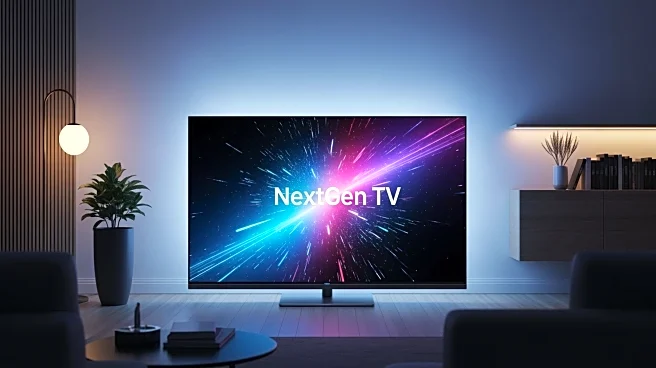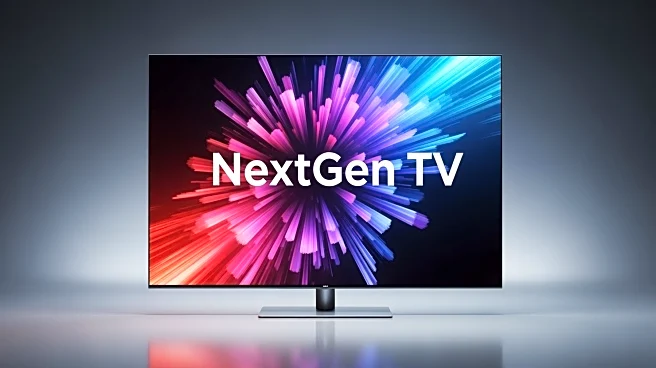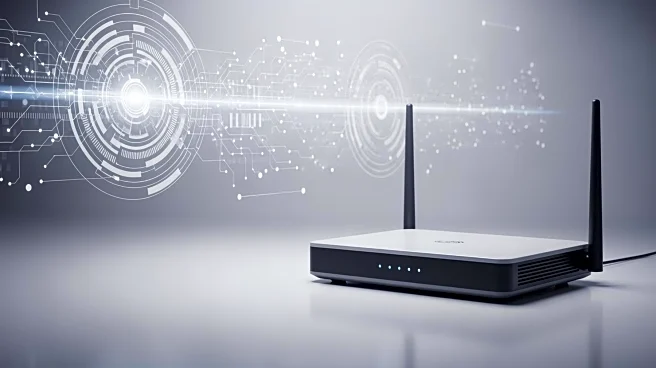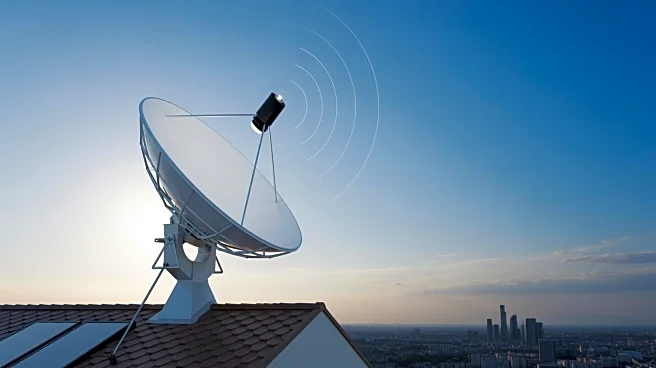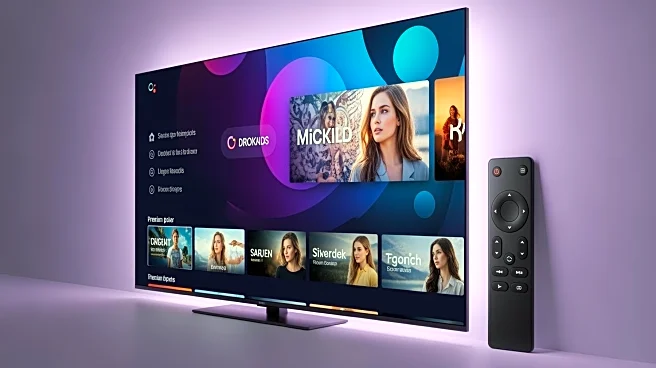What's Happening?
The Federal Communications Commission (FCC) is preparing to vote on an order that aims to accelerate the transition to ATSC 3.0, known as NextGen TV. This new broadcast signaling standard promises enhanced features such as 4K video, high dynamic range
(HDR), improved audio, and advanced advertising capabilities. The transition is expected to allow broadcasters to offer high-speed datacasting services. However, there is skepticism among industry experts regarding the potential for significant revenue generation from this transition. The FCC's draft order seeks to provide broadcasters with more flexibility in their transition plans and is open to comments on how the transition will affect various stakeholders, including consumers, electronics manufacturers, and cable operators.
Why It's Important?
The transition to NextGen TV is significant for the broadcasting industry as it seeks to remain relevant in the age of streaming and 5G networks. While the new standard offers technological advancements, the financial return on investment remains uncertain. Broadcasters view NextGen TV as crucial for their survival, hoping it will open new revenue streams. However, the lack of a mandatory transition deadline and opposition from groups like the Consumer Technology Association and NCTA suggest that the market should dictate the pace of transition. The outcome of the FCC vote could shape the future of broadcasting and impact consumer access to advanced TV services.
What's Next?
The FCC's upcoming vote on October 28 will be a critical step in the transition process. If approved, broadcasters will have more flexibility in their transition plans, but the lack of a mandatory deadline may slow the adoption of ATSC 3.0. The FCC is also seeking input on the costs and implications for multichannel video programming distributors (MVPDs) and cable operators. The industry will be watching closely to see if the FCC will eventually mandate a hard transition deadline, which could accelerate the adoption of NextGen TV.
Beyond the Headlines
The transition to NextGen TV raises broader questions about the role of government mandates versus market-driven changes in technology adoption. The debate over tuner requirements and costs for ATSC 3.0-capable equipment highlights the complexities of implementing new standards. Additionally, the potential for datacasting services remains an unproven wildcard, with broadcasters exploring new business models to leverage this technology.
